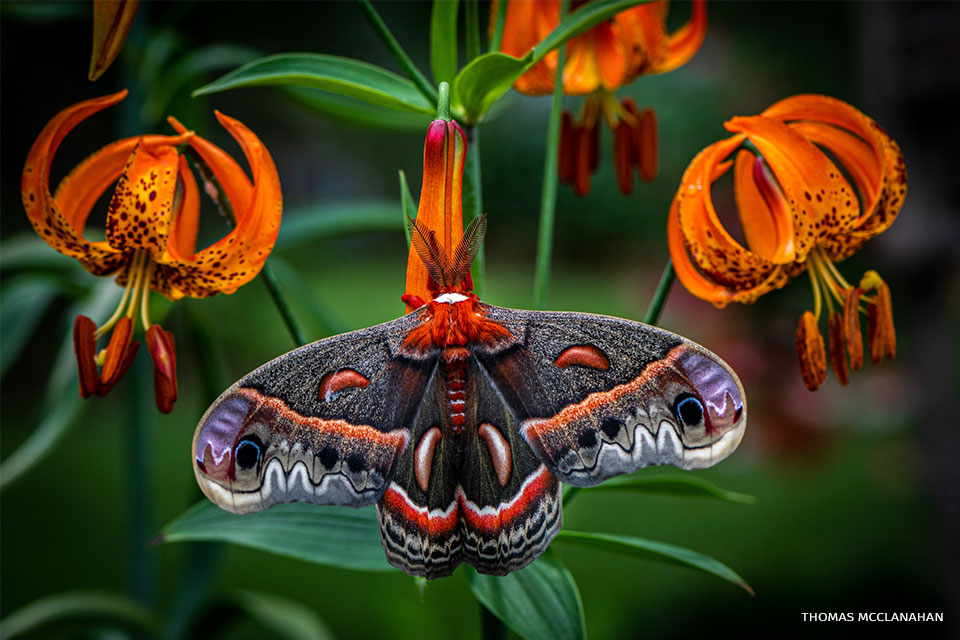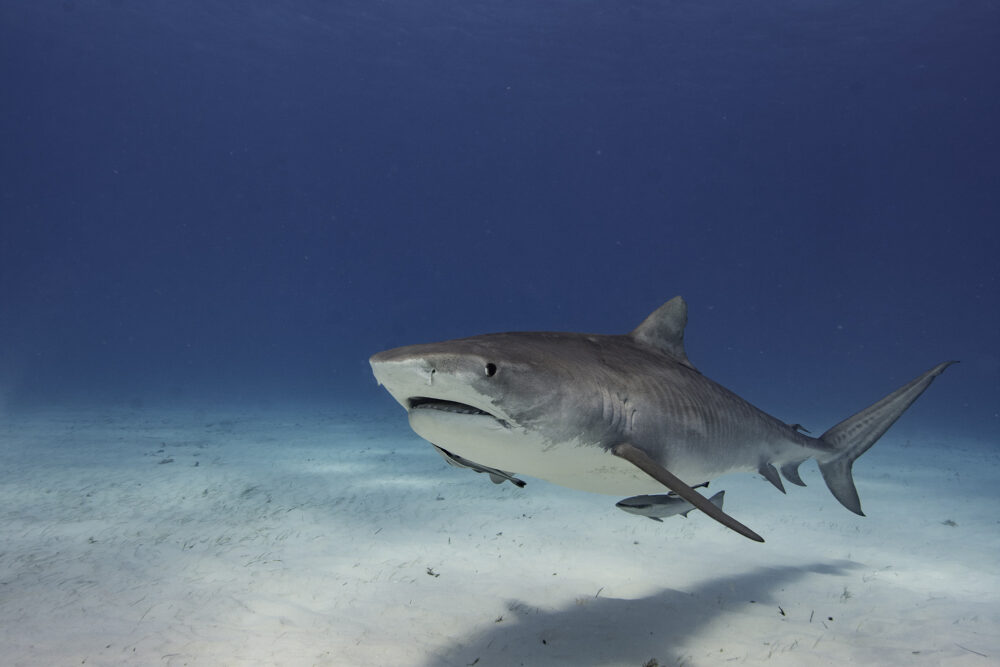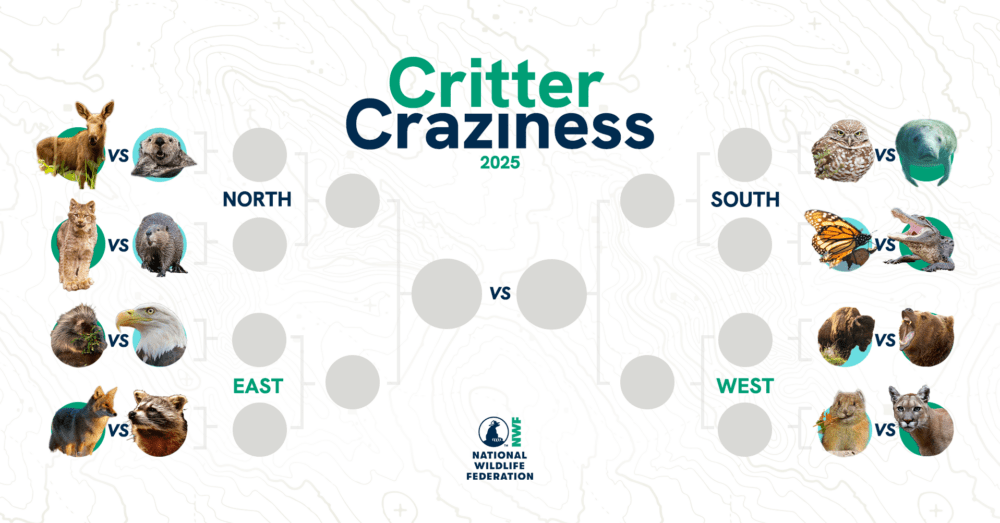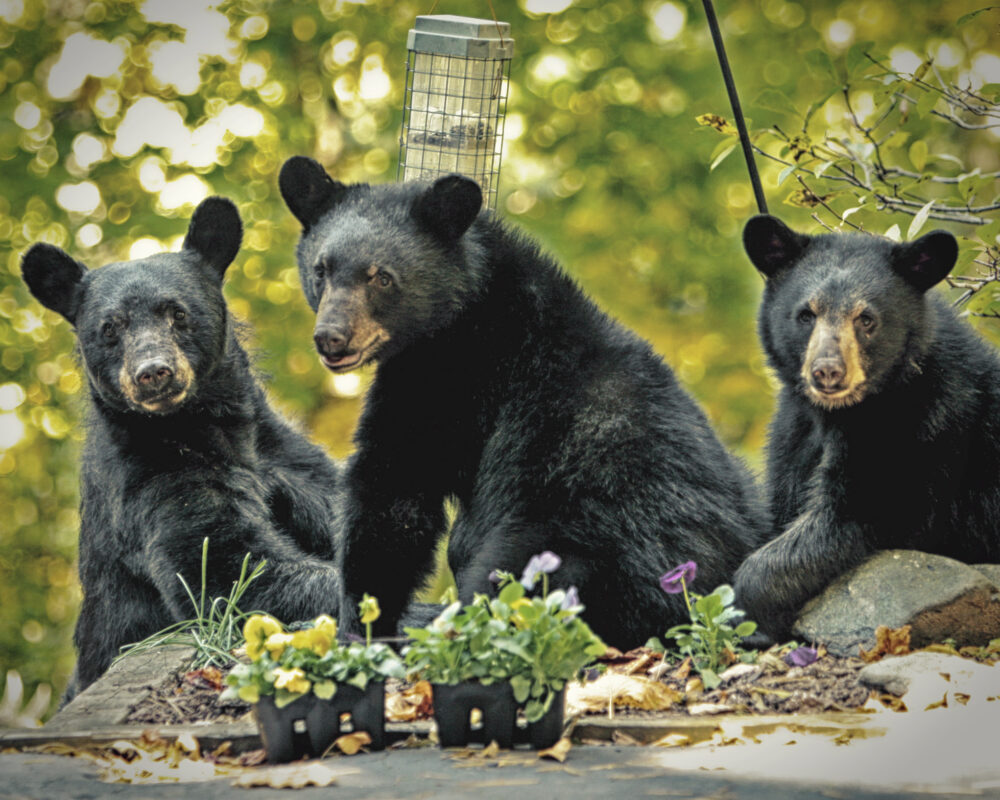We have much more to do and your continued support is needed now more than ever.
Wildlife Vampires – Part 1
Wildlife Vampires Series: Part 1 | Part 2 | Part 3 | Part 4
Who’s your favorite vampire? Do you swoon over Edward Cullen and Bill Compton, or are classic bloodsuckers like Count Dracula and Lestat de Lioncourt more your style? As fun as it is to obsess over and be scared by these fictional vampires, the real things are much more fascinating. In honor of Halloween, here is the first of a several posts on the living, breathing vampires that might just be stalking you.
Vampire Bats
Any discussion of bloodsucking animals has to start with vampire bats. Meet Desmodus rotundus and his cousins Diphylla ecaudata and Diaemus youngi, known respectively as the common, hairy-legged and white-winged vampire bats.
Found only in the Americas, their collective range goes from Mexico down through Argentina. These bats feed exclusively on the blood of other animals.
The common vampire bat typically goes for mammals, including domestic cows and horses, while the other two species prefer to feed upon birds—although the occasional human does make it on the menu.
Thankfully, the bite of one of these bats won’t turn you into a vampire although the wounds can become infected.
Bed Bugs
The goodnight rhyme “nite nite, sleep tight, don’t let the bed bugs bite” takes on macabre twist when you learn that in the last few years, these little vampires are on the rise.
Nearly eradicated in North America for 50 years, bed bugs are back with a blood-sucking vengeance, showing up everywhere from high-end hotels to college dorms to rural bedrooms.
After their victims fall asleep, bed bugs emerge from their hiding places in cracks and crevices and insert their sucking mouthparts in a series of bites along the blood vessels, drinking as they go and leaving as series of red, itchy welts.
Even scary wildlife isn’t safe from habitat destruction, global warming, pollution and other human-caused problems. Read more about real life wildlife vampires at www.nwf.org/nationalwildlife.






















